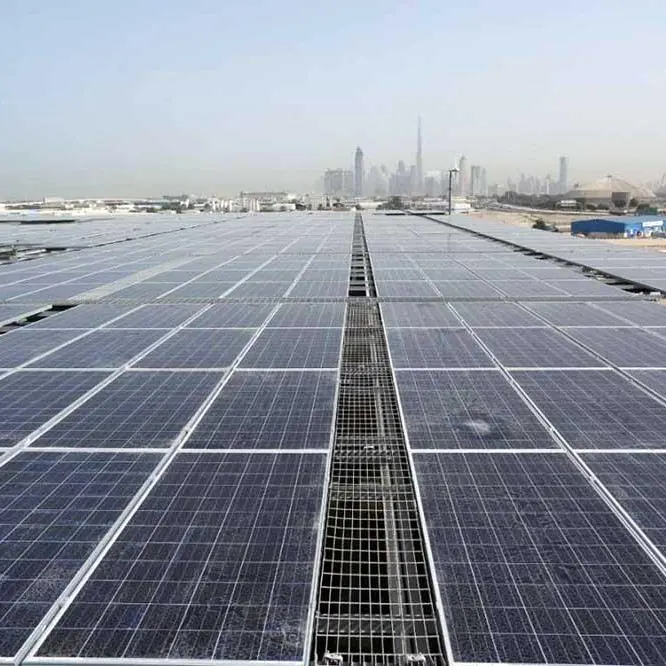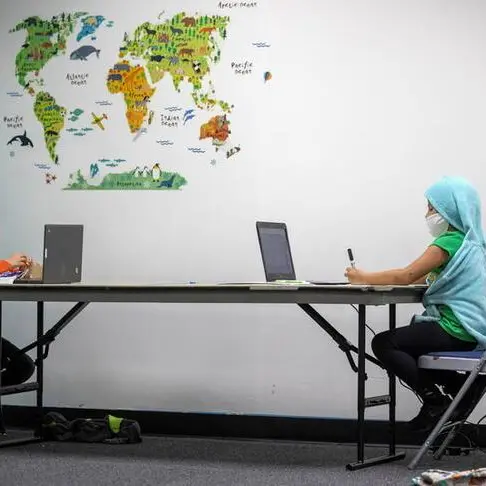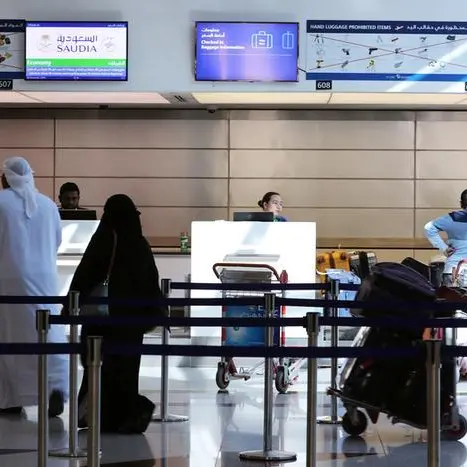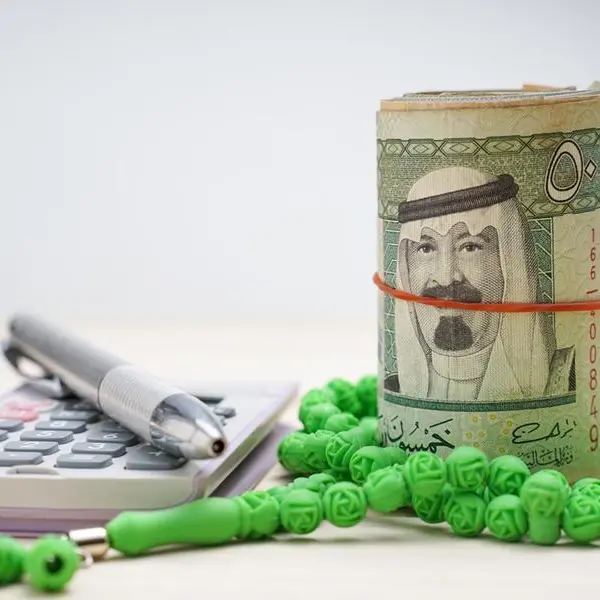PHOTO
Top UAE banks reported declines in first quarter net profit as they made higher provisions for the challenging macroeconomic conditions—low interest rates, falling oil price and disruptions to economic activities due to COVID-19 lockdowns.
The net profit of four largest banks—First Abu Dhabi Bank (FAB), Emirates NBD, Abu Dhabi Commercial Bank (ADCB) and Dubai Islamic Bank (DIB)—fell 32 per cent to 5.80 billion dirhams in Q1 2020 compared with the same period last year.
“Increased provisioning for expected credit losses (ECL) was a significant contributor to the fall in profitability among listed banks,” Abbas Basrai, Head of Financial Services, KPMG Lower Gulf Limited, told Zawya.
The underlying trends of low lending growth and margin pressure were only compounded by higher-than-expected credit losses, he added.
According to V. Gowribalan, Chief Executive Officer, at Dubai DIFC-based investment firm, GRIP, the key driver impacting net profit declines was the nonperforming loan (NPL) formation within few large corporates.
“I believe the market expected this, given the impending troubles/delinquencies of these corporate was exposed during quarter,” he told Zawya.
ADCB’s net profit fell 84 percent year-on-year to 209 million dirhams. Impairment charges were 1.9 billion dirhams, up from 745 million in the year-ago period. The bank, which merged with Union National Bank and Hilal last year, took 1.07 billion dirhams in impairments on debt exposure to troubled hospital operator NMC Health and payments group Finablr.
Weak operating environment
The pandemic has turned the operating environment--already weakened in the past quarters—grimmer. The non-oil sectors that form the core of UAE economy like tourism, hospitality, retail, transportation, construction and real estate are all expected to be severely hit.
“The past three years--2017 to 2019--have not been a period where there was wide-spread and vibrant economic activity. This meant the latent risk of NPLs has been increasing. Thus, in the context of the impending pandemic looming, banks, where possible, increased their provisioning,” said Gowribalan.
FAB booked 81 percent higher impairment charges at 738 million dirhams. It saw net profit fall 22 per cent y-o-y to 2.4 billion dirhams.
Emirates NBD, which reported a 24 percent profit fall to 2.08 billion dirhams, booked impairment allowances of 2.55 billion dirhams in the quarter due to higher stage 1 and 2 ECL allowances. Nearly 900 million dirhams was provided for COVID-19 related ECL.
For DIB net profit was 1.1 billion dirhams, 18 percent lower y-o-y. Impairment charges rose to 1.48 billion dirhams from 347 million dirhams.
“The financials of Emirates NBD (Denizbank), DIB (Noor Bank) and ADCB (UNB & Hilal) were all subject to the impact of consolidations consequent to their respective merger transactions and attributable integration costs,” Gowribalan noted.
Consolidation meant Emirates NBD and DIB were able to augment their financials whilst ADCB took write-downs to 18 billion dirhams, 17.9 percent of combined book, he added.
According to Moody’s, the banks increased provisioning 222 percent versus first-quarter 2019.
“Their combined cost of risk, computed as total impairment charge for the period divided by gross loans, rose to 202 basis points (bp) in first-quarter 2020 from 83 bp in the year 20193,” it said in a note.
Net interest income increased by 17 percent in the period compared to first-quarter 2019 (3 percent when excluding Denizbank, which was acquired by ENBD in July 2019), noted Moody’s.
NIM Contraction
Net interest margin (NIM) declined for most banks as cost of funds fell at a slower rate than the fall in credit yield. NIMs have been under pressure for UAE banks after the Central Bank was obliged to mirror the US Federal Reserve’s series of interest rate cuts.
According to Basrai, there tends to be a slight time lag between when interest rate cuts are announced to the time when these are repriced within banks’ books. “Hence, we expect downward pressure on NIMs, as the full impact of large rate cuts in Q1 2020 filter through over the coming quarters,” he added.
The full impact lies ahead
The bank results are just starting to reflect the severity of the COVID-19 pandemic, with further declines in profitability expected over the coming quarters, the analysts warned.
“As the crisis progresses and its economic consequences evolve, there are few indications that the results for the remainder of 2020 will improve. 2020 results could be one of the worst the UAE’s large listed banks will witness since the global financial crisis more than a decade ago.”
Gowribalan estimated that the pandemic would have contributed between 25 to 40bps to the provisioning. “I believe the real impact on banks’ balance sheets and incomes will be known only during the third and fourth quarters.”
To mitigate the effect of the pandemic-related slowdown, the UAE Central Bank has required banks to apply a prudential filter to IFRS 9 expected loss provisions.
The central bank has allowed them more time to update their forecasts for future economic conditions, given the significant uncertainty and them to apply management overlays to top up their provisions.
“Although the full impact of COVID-19 remains uncertain, forecasts of low oil prices and stressed economic conditions during 2020 will likely lead to further ECLs once these are fully factored into banks’ IFRS 9 models,” Basrai said.
(Reporting by Brinda Darasha, editing by Seban Scaria)
#UAE #BANKING #PROFITS
Disclaimer: This article is provided for informational purposes only. The content does not provide tax, legal or investment advice or opinion regarding the suitability, value or profitability of any particular security, portfolio or investment strategy. Read our full disclaimer policy here
© ZAWYA 2020












